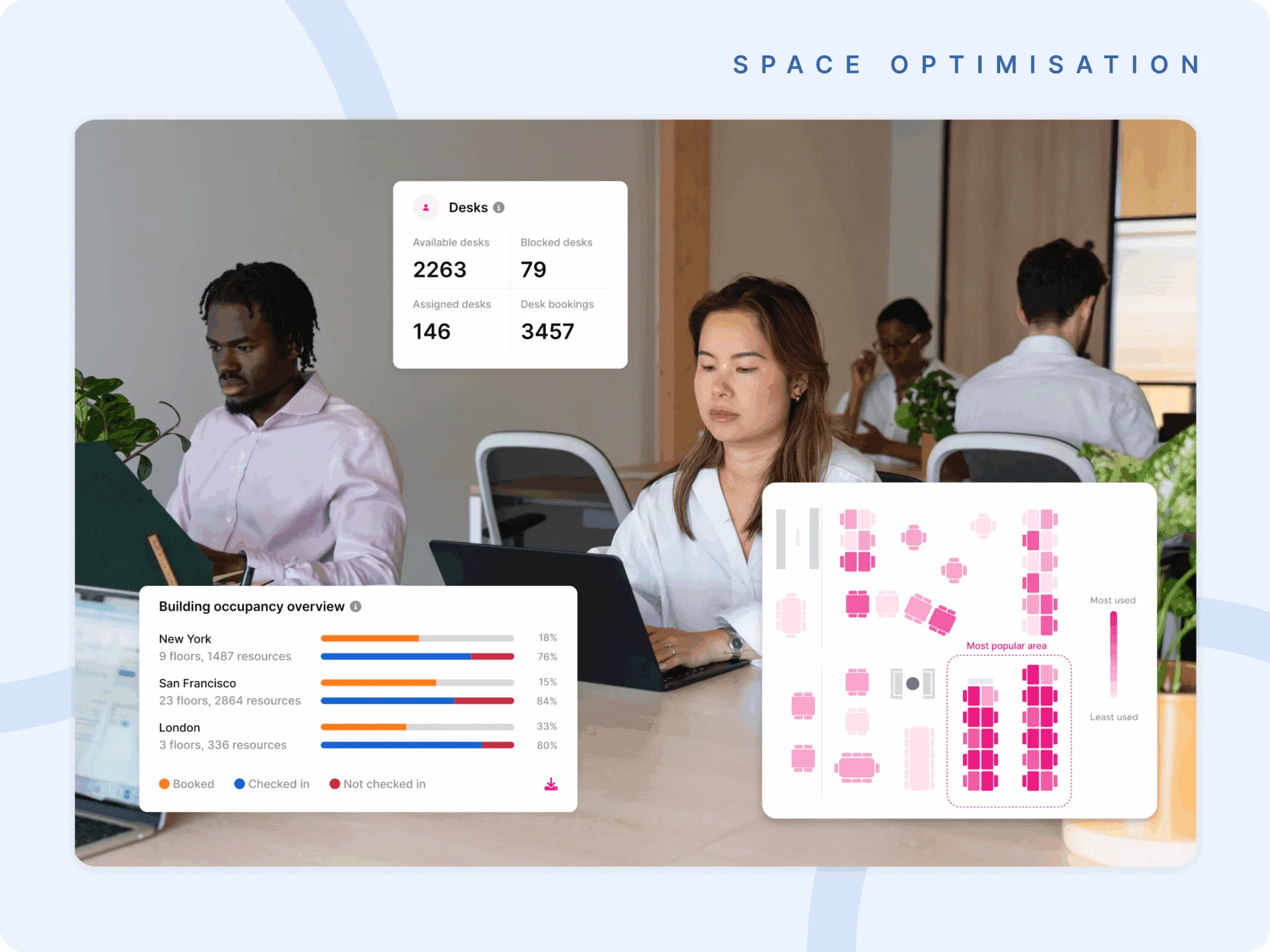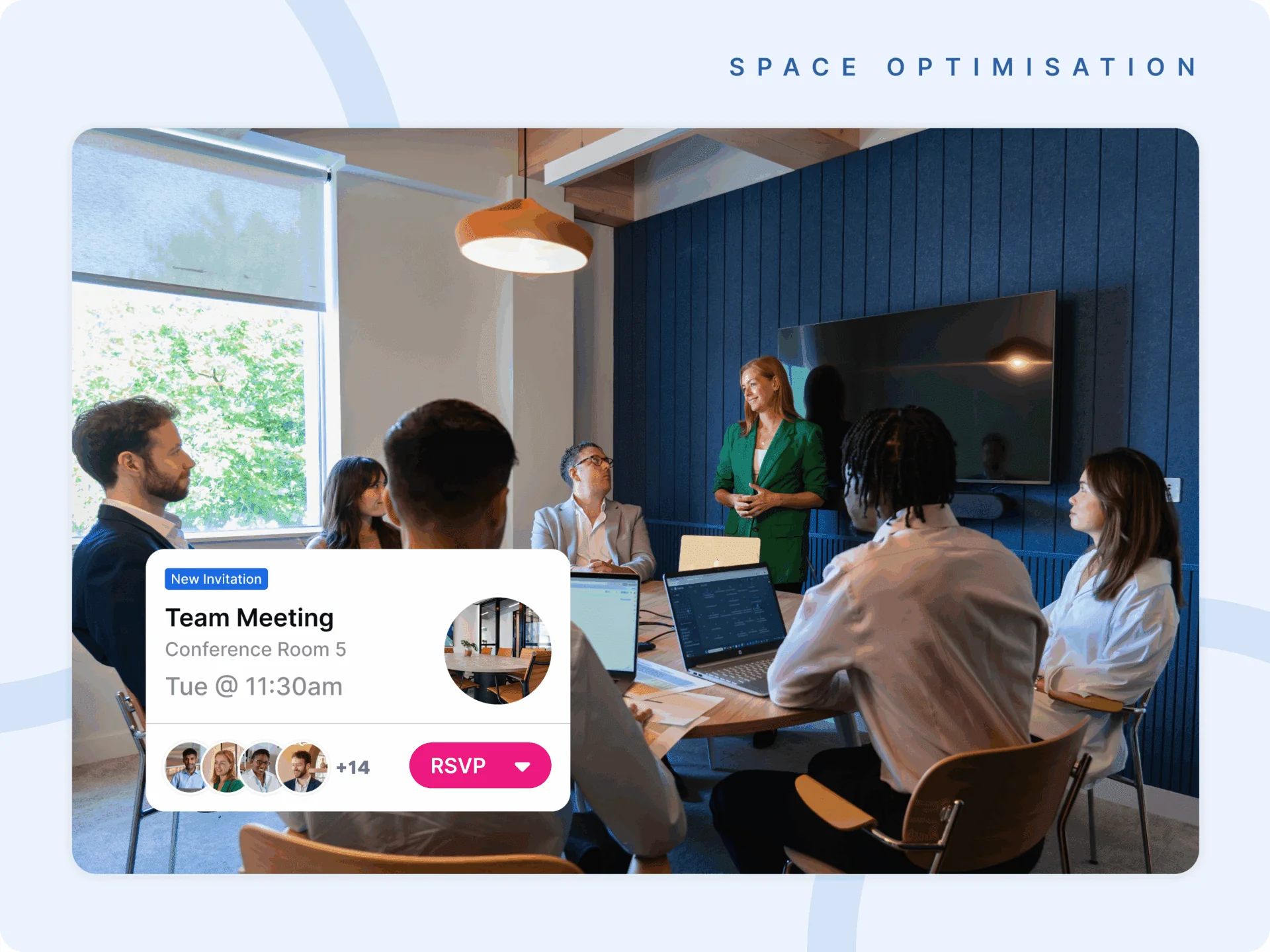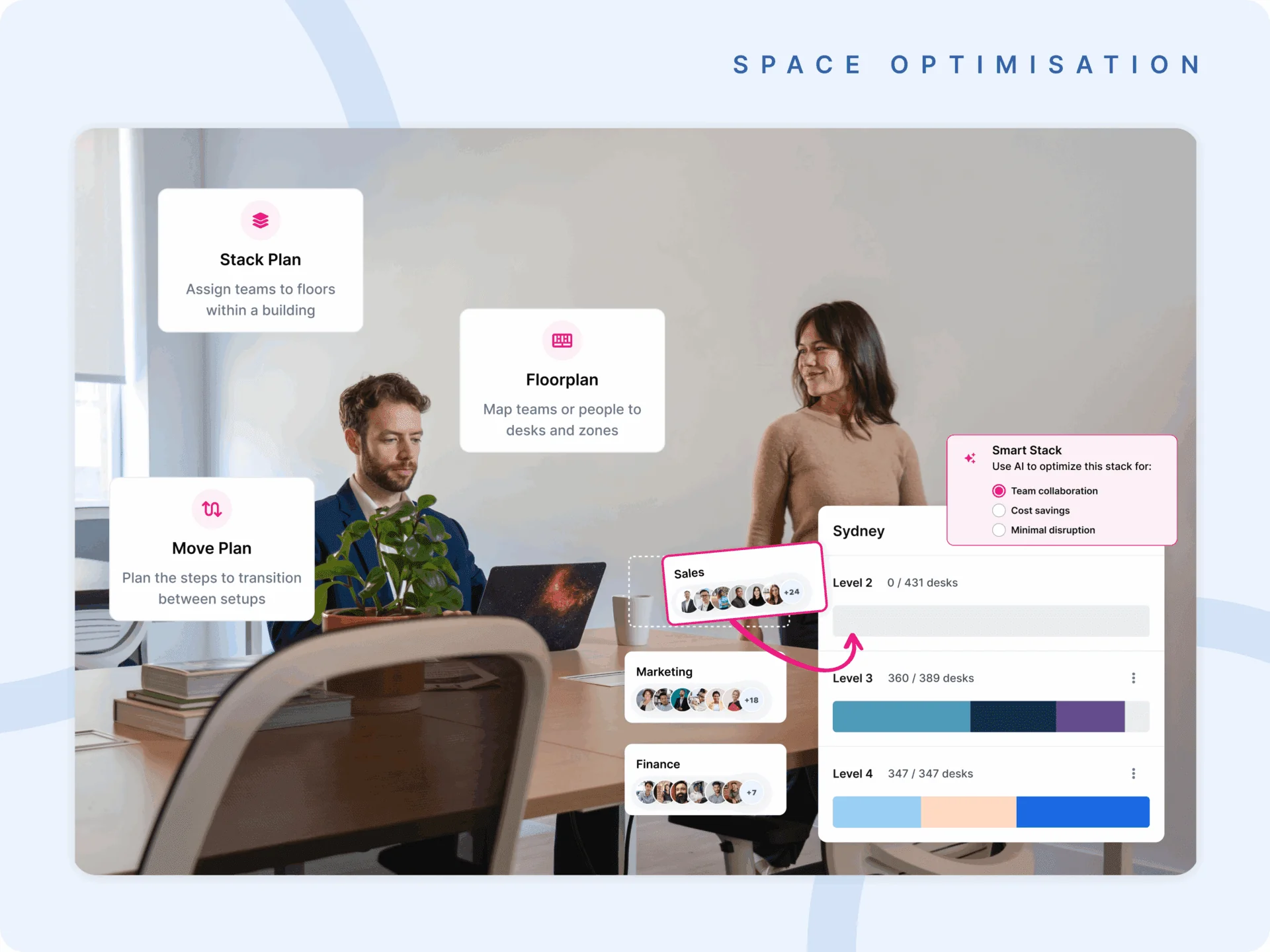Every leader faces the same challenge in 2025: how to plan for headcount growth and seating planning when the workplace keeps changing. Teams are distributed, hybrid policies evolve, and office attendance fluctuates week to week. Yet decisions about space still carry long-term financial consequences.
Headcount and seating planning sits at the center of that challenge. It connects workforce forecasts with the physical realities of space and cost. When done well, it helps organizations stay agile, align budgets with real demand, and avoid expensive miscalculations.
What Headcount And Seating Planning Means
Headcount and seating planning is the process of predicting how many people will need workspace, when they will need it, and where they will sit. It blends finance, real estate, and workplace operations into a single view of demand and capacity.
This planning discipline answers core questions for every organization:
- How many seats are needed under our hybrid policy?
- What happens to occupancy if headcount grows 10 percent next quarter?
- Can we consolidate locations without creating crowding?
The goal is simple: ensure that every space investment matches the company’s workforce and strategy, without overspending or underdelivering.
Why It Matters In 2025
Kadence data shows that average office utilization remains between 20 and 40 percent across industries. This unpredictability makes traditional, static planning unreliable. Headcount forecasts built once a year cannot account for shifting attendance or new hybrid schedules.
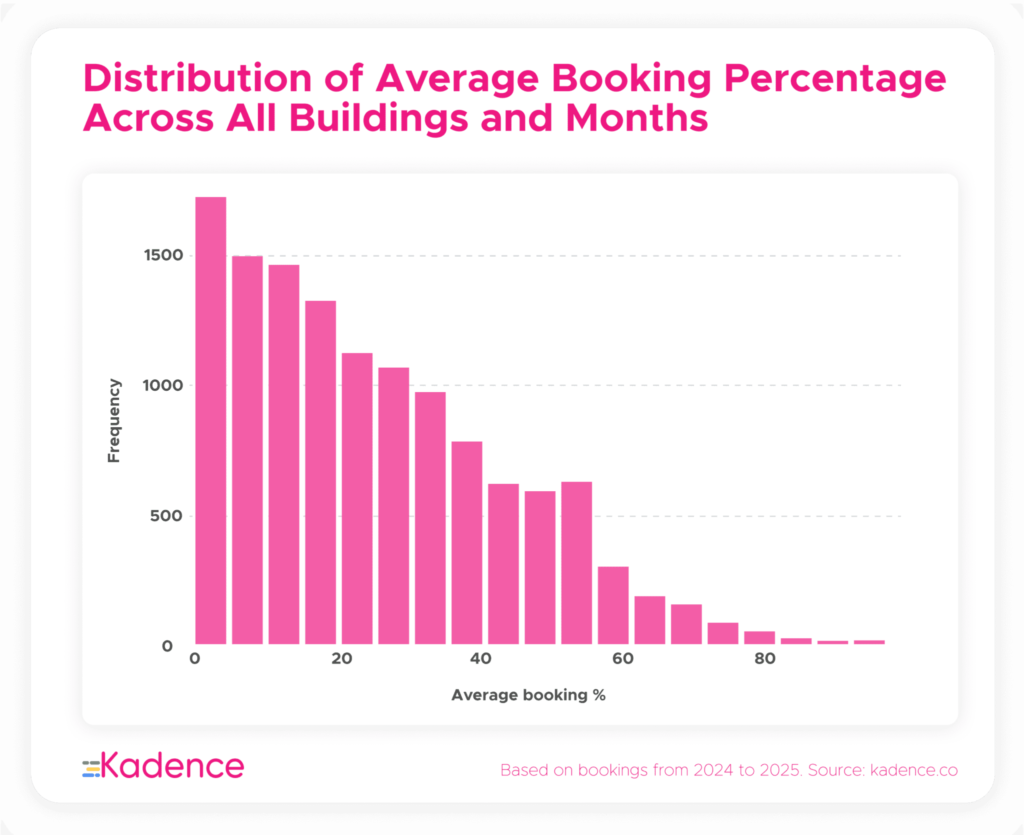
At the same time, real estate costs continue to rank among the top three controllable expenses for enterprises. Poor alignment between headcount and seating leads to either wasted space or costly shortages. Both erode financial performance.
The modern office is a dynamic environment. Planning for it requires live data, flexible modeling, and predictive tools that can show what future growth or policy changes will mean for capacity and cost.
The Building Blocks Of Effective Headcount Planning
A strategic approach to headcount and seating planning integrates three elements:
- Workforce forecasting. Anticipating hiring trends, policy shifts, and team distribution.
- Occupancy analytics. Measuring how space is actually used week to week.
- Scenario modeling. Testing multiple “what-if” outcomes to plan ahead with confidence.
These components give leaders visibility into both current utilization and future demand. By understanding how different conditions affect occupancy, organizations can stay ahead of change instead of reacting to it.
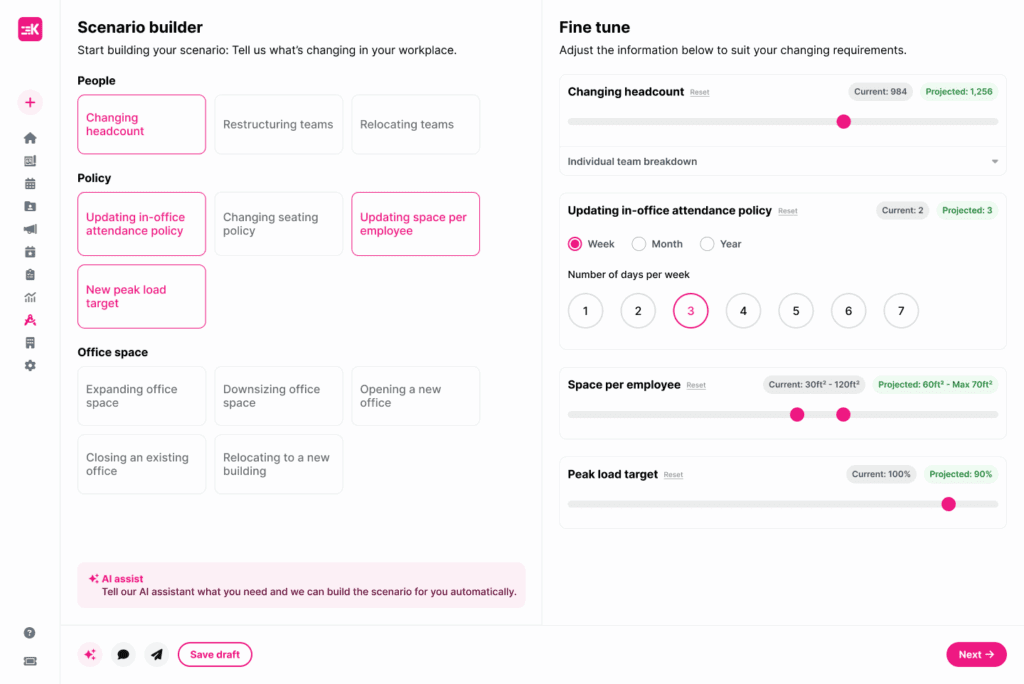
The Cost Of Getting It Wrong
When seating plans are disconnected from real usage, companies face a cascade of problems:
- Financial waste. Unused desks and underfilled floors inflate lease and operational costs.
- Employee frustration. Crowded or poorly allocated areas create friction for teams.
- Reduced productivity. Unpredictable seating undermines collaboration and sense of belonging.
Every decision about space represents an investment. Without data-driven planning, that investment often misses its target.
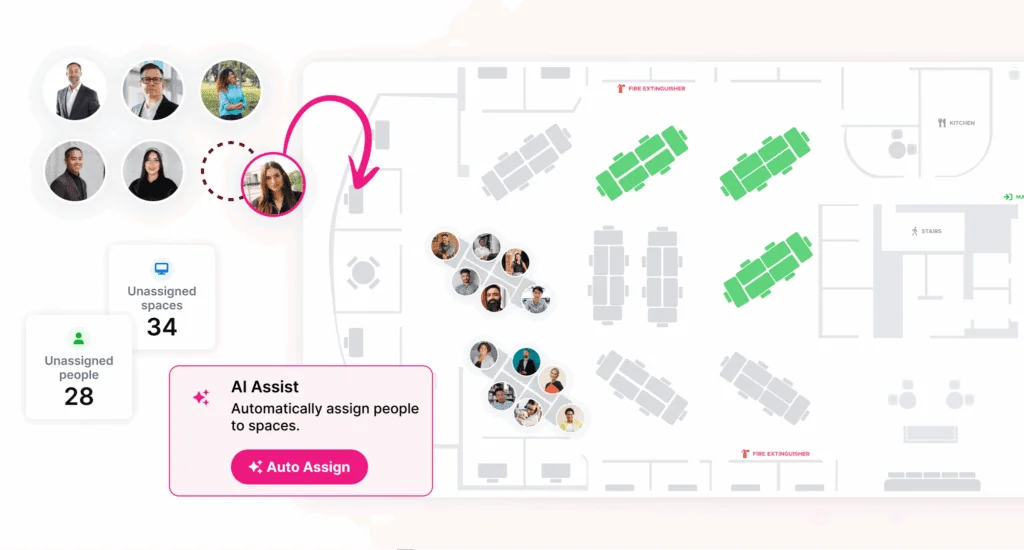
The Shift From Static To Predictive Planning
Legacy systems and spreadsheets were built for stable environments. They record data but cannot predict it. Once headcount changes, those plans quickly become outdated.
Modern organizations need predictive tools that combine live occupancy insights with workforce projections. This allows leaders to model growth, reorganization, and policy changes, and to see exactly how those shifts will impact space, cost, and performance.
Predictive planning turns headcount management into a continuous cycle of evaluation and adjustment, not an annual report.
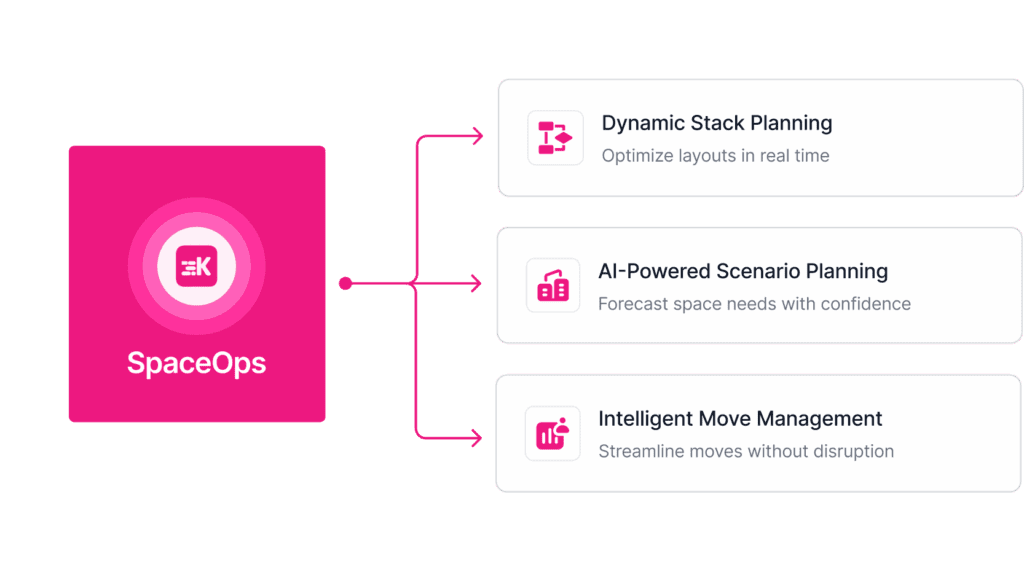
How Kadence SpaceOps Makes It Possible
Kadence SpaceOps transforms headcount and seating planning into a live, connected process. It links HR, occupancy, and scheduling data so leaders can forecast, test, and execute with accuracy.
With AI-powered Scenario Planning inside SpaceOps, organizations can:
- Model different headcount growth or reduction scenarios in minutes.
- Forecast seat demand under evolving hybrid policies.
- Visualize how changes in attendance affect capacity and cost.
- Balance space efficiency with team productivity before making real-world changes.
By combining predictive modeling with live data, SpaceOps enables companies to make evidence-based real estate and workforce decisions. CFOs gain financial defensibility, facilities leaders gain precision, and employees benefit from well-balanced, predictable workplaces.
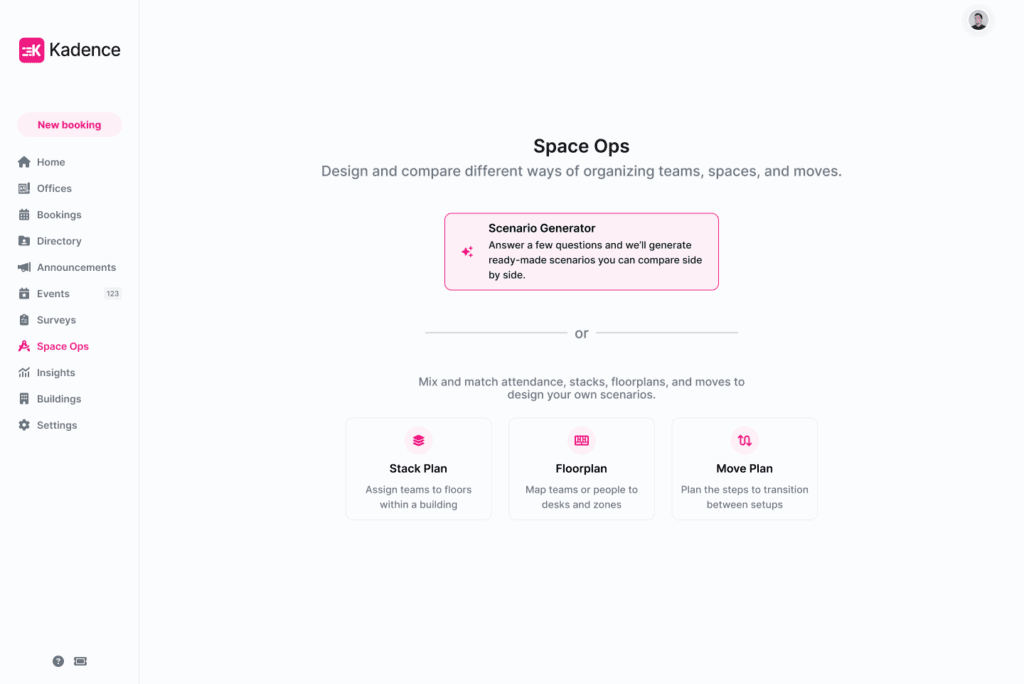
Why Headcount And Seating Planning Creates Strategic Advantage
Data-driven headcount and seating planning gives organizations the clarity to act quickly and confidently. It reduces waste, strengthens financial governance, and ensures the office always reflects the workforce it serves.
Companies that use predictive planning frameworks consistently outperform those relying on static models. They respond faster to market shifts, optimize costs, and maintain employee experience even during rapid change.
For insight into workplace planning best practices, visit the International Facility Management Association (IFMA).
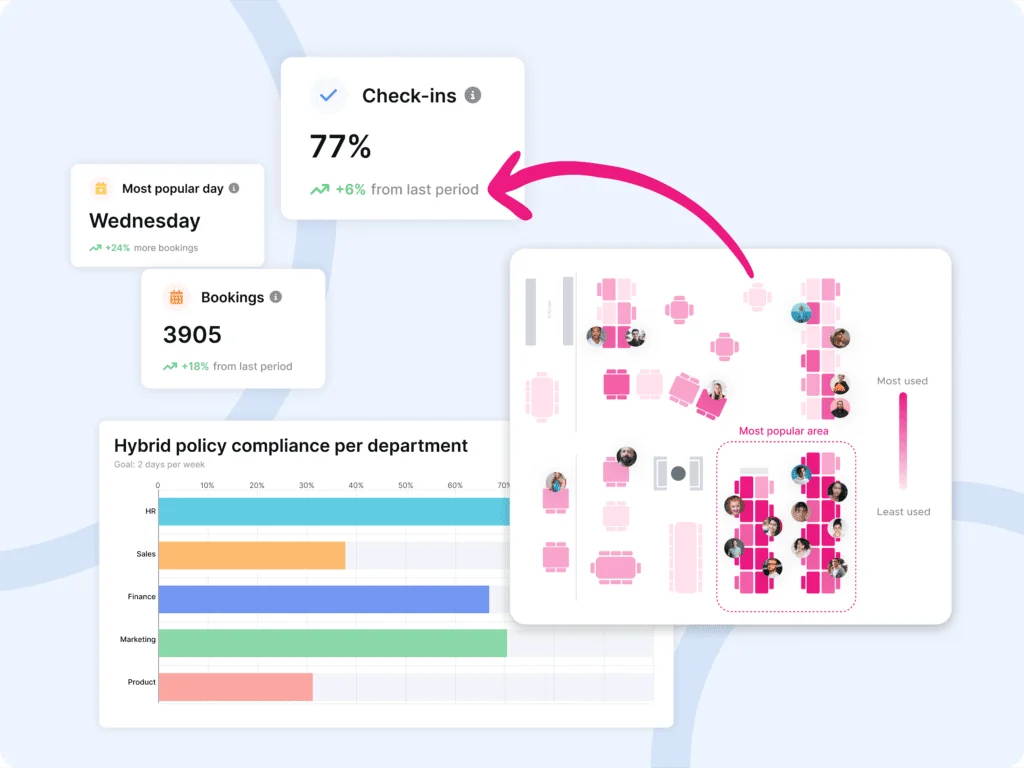
Frequently Asked Questions
1. What is the difference between headcount planning and seating planning?
Headcount planning forecasts how many people an organization will employ over time. Seating planning translates that forecast into real workspace allocations that reflect attendance patterns and team needs.
2. How often should organizations update headcount and seating plans?
In a hybrid environment, plans should be reviewed quarterly or whenever hiring, policies, or space usage change significantly.
3. What data is most useful for accurate planning?
Key inputs include occupancy rates, booking data, hybrid policy schedules, and hiring forecasts. These provide the foundation for predictive modeling.
4. How does Kadence SpaceOps support headcount and seating planning?
SpaceOps combines HR and occupancy data with AI modeling tools that simulate future workforce scenarios, helping leaders validate decisions before implementation.
Final Thought
Headcount and seating planning is not just about matching people to desks. It is about creating a system that connects growth, policy, and real estate decisions through data.
Kadence SpaceOps provides the intelligence to plan with confidence, ensuring that every square foot aligns with business goals, employee experience, and financial efficiency.
Book a demo with our workplace operations experts today to see it in action.


